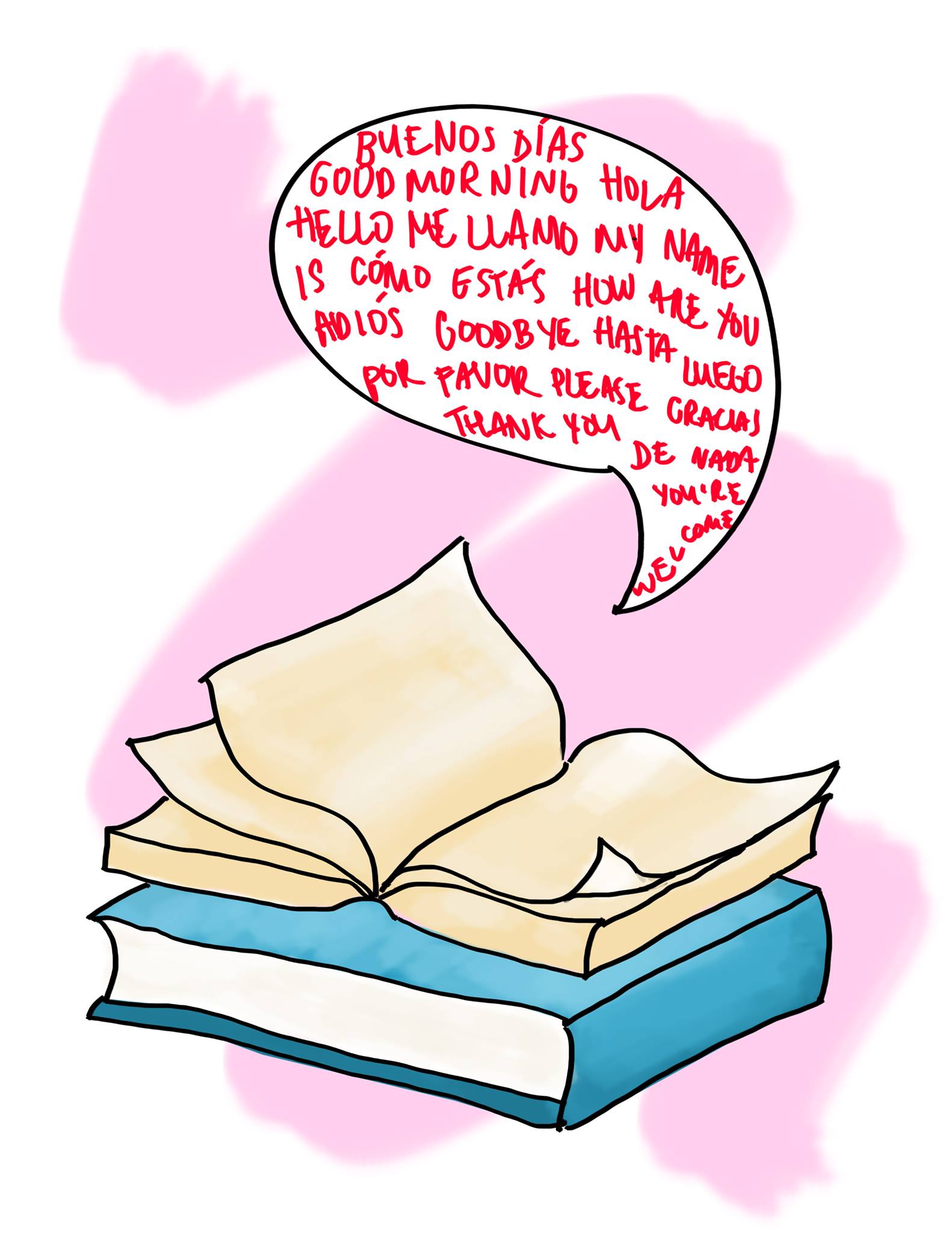
In “Piedrafina,” a poem out of Pablo Neruda’s late “El Corazón Amarillo,” the narrator falls in love with a beautiful woman who looks like “a cherry/a sketch of a heart/a small crystal box.” She is the poem’s namesake, Piedrafina. The narrator quickly becomes infatuated with her, turning Piedrafina into the Nerudan equivalent of a Manic Pixie Dream Girl. No matter: Piedrafina loves the narrator regardless. Besides, two can play the narrator’s game. Of all things, he sadly notes, Piedrafina seems to love his nose — yes, his nose — the most.
What happens next is pure Neruda. In a proud attempt to seize her whole affection, the narrator unfurls his nose into an elephant’s trunk, lifting Piedrafina into the branches of a cherry tree. As soon as she is out of the narrator’s reach, Piedrafina abandons him. Yet, with time, Piedrafina turns into a cherry (yes, an actual cherry). Absurdity aside, it’s strange and familiar fate: being newly free, only to discover that one’s servitude hasn’t really ended at all.
This is what Neruda does best: making strange the objects, events, and ideas that populate our everyday lives—for example, human relationships. Look again, Neruda seems to say with “Piedrafina,” and realize that we all want more than we’re given; we are all occasionally nearsighted, vain and prideful. Perhaps most tragically, we all tend to idealize the ones we love. None of this is done out of vindictiveness or neglect, but because “let the truth be spoken:/we cannot live without [pride].” And Neruda is right. Without our hard bits, our edges and our bloat, would a person be anything more than a loose bag of glue? In “El Corazón Amarillo,” the fabulous and the universal never stray too far from matters more intimate, personal, and real.
“El Corazón Amarillo”—in English, “The Yellow Heart”—is an end-of-life work, published in 1974, a year after Neruda’s death. The book, which I read in William O’Daly’s 1990 bilingual edition, covers many of the topics one would expect from a man dying of cancer and watching his country fall to the infamous Augusto Pinochet: bodily decay, human error, hostility and loss. However, the book is ultimately a joyful one. Late works tend to be modest, focused and reflective. “El Corazón Amarillo” is no exception. One of the first things I wrote down after my initial read-through was “this is the voice of someone … who knows himself.” Never mind that Pinochet was plotting to assassinate him; Neruda had a life to lay out in verse.
So, what is life according to Pablo Neruda? To start, it is often silly, and just as often lonely. Take the first three poems of the book: “Uno,” “Otro,” and “Otro Más.” In “Uno,” the narrator sees himself as an empty spindle, forever in the process of being threaded. He is desirous of everything he sees, obsessed with “unparalleled heroics” that seem vacuous on paper. Here, Neruda’s poetry is one of double takes. Conversely, in “Otro,” it’s things that are tangible but not present that plague the narrator. Does he “like lettuces”? Or does he “prefer mint/like the elephants devour”? These are the questions that nobody asks in the strange lands where the narrator travels. And, for better or for worse, the narrator of “El Corazón Amarillo” is always traveling.
As the narrator moves between land and water in “Otro Más,” the third poem, he finds himself bounded again by desire and choice. He is unable to simply live; in fact, he doesn’t feel at home on land or sea. Dismal routines, intrusive journalists, idiotic questions — the poem hearkens back to Neruda’s own experience as a writer-in-exile. For Neruda, there seems to be a certain perverse humor to the experience of living under Pinochet’s dictatorial regime, an idea demonstrated perhaps too well by Neruda’s death. On Sept. 23, 1973, so the myth goes, Neruda was poisoned by his doctor under Pinochet’s orders. It’s a slice of life that surpasses even the most fantastical of Neruda’s poems.
If, according to an oft-told anecdote, green was indeed Neruda’s personal symbol for hope and desire, then I wonder — what does the color yellow represent? I’ll never know, but I imagine the answer can’t be far from alegría inquieta, or unsettled joy. Edward Said once said that “eccentric careers” often arise out of situations of constraint, and “yet what exuberance and unending self-discovery” they contain. I can’t think of a better characterization of Neruda, who was never at peace, but always deeply knowledgeable, always self-assured. How can declarations like “I turn toward my truth/because I am lacking a lie,” and “I love you, I love you my double bass,” be the product of a mind that was anything less?
Contact amy xu at
amy.xu@yale.edu .







